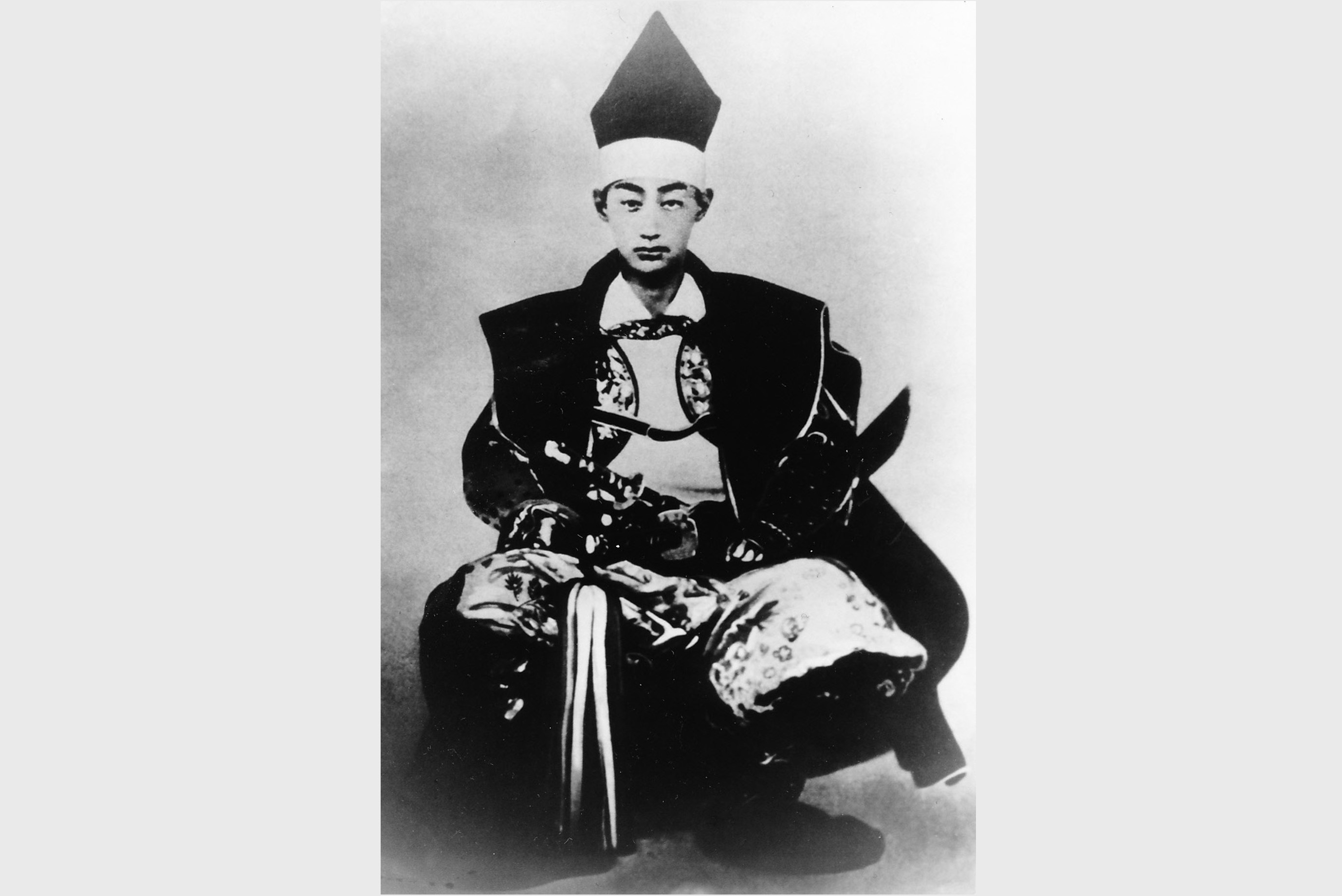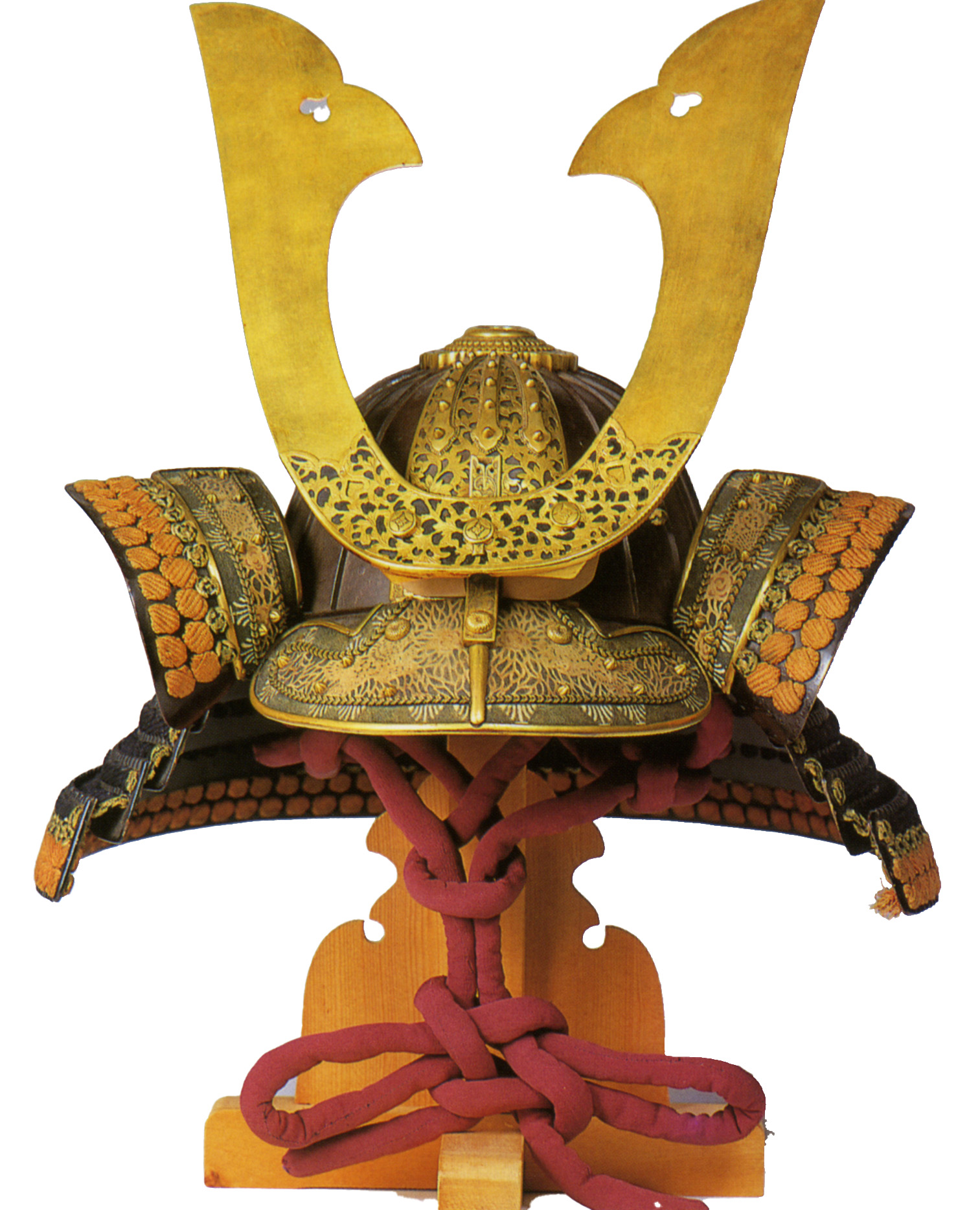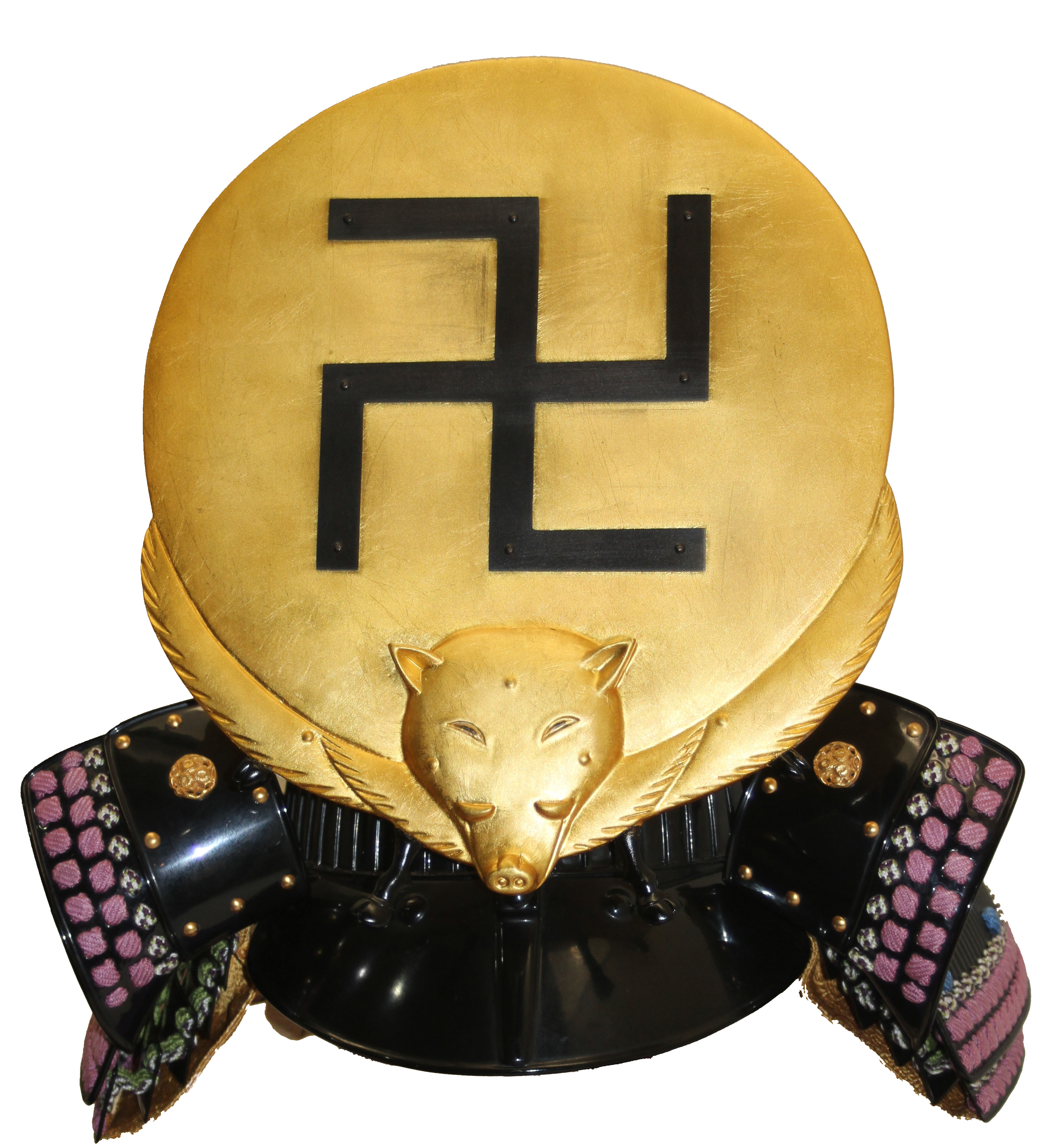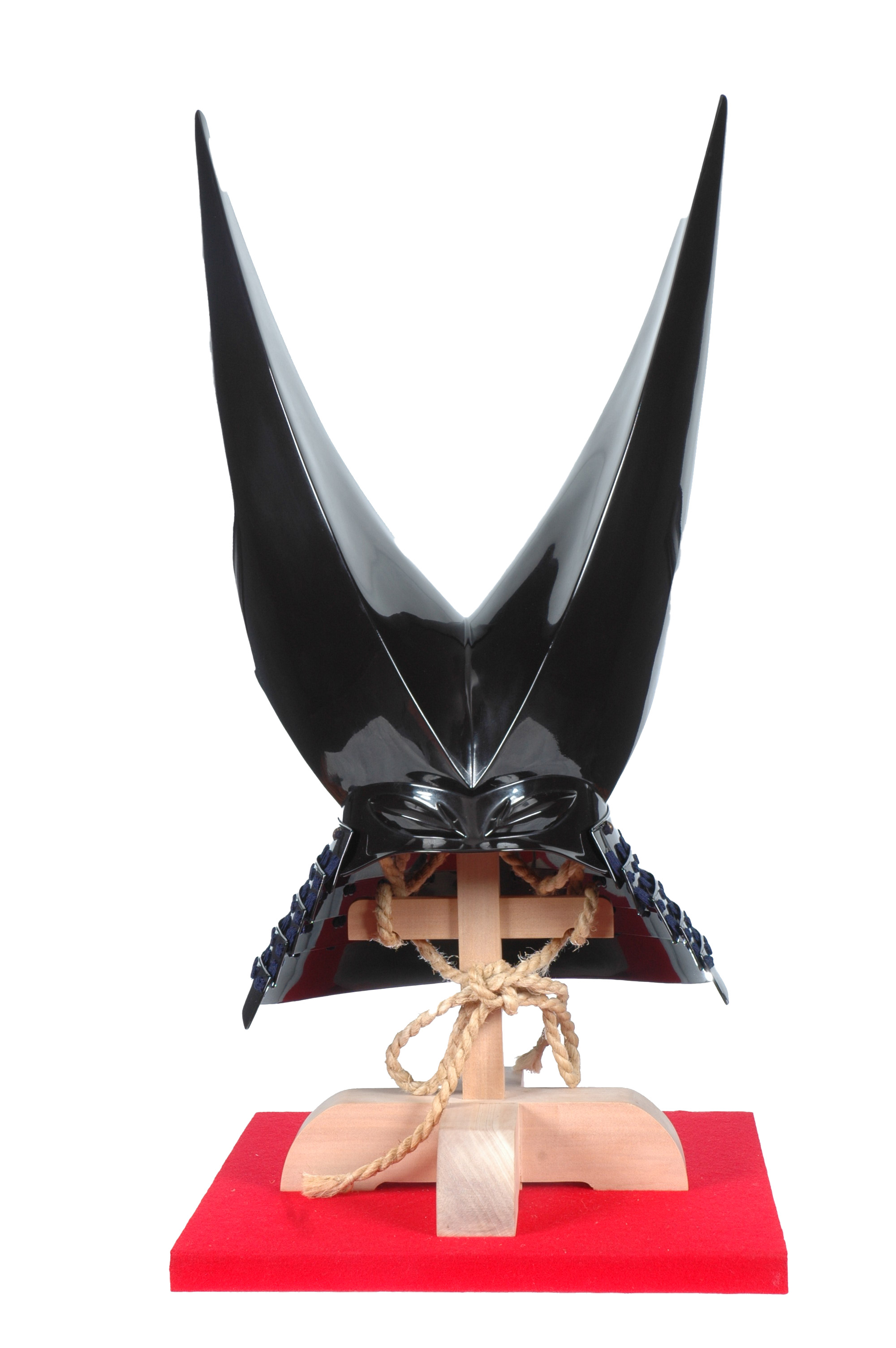2023.04.20 The Lords of the Aizu Domain

Since the twelfth century, the lords who governed the Aizu domain, particularly those under the Tokugawa shogunate during the Edo period (1603–1867), made major contributions to culture and industry that have had lasting effects on the region. Theirs are among the names that are frequently heard in mentions of local history.
The Ashina family: Establishing a castle town
In the twelfth century, Enichiji Temple controlled the Aizu area, then known as Kurokawa. However, conflicts and political alliances resulted in leadership changes over the centuries. The powerful Ashina family took control in the thirteenth century and retained power for several hundred years. Ashina Naomori (1323–1391) built Kurokawa Castle, the first castle on the site where Tsuruga Castle now stands. The Ashina were later defeated by Date Masamune (1567–1636), who seized Kurokawa Castle in 1589. However, his victory was short-lived, and the following year the powerful warlord Toyotomi Hideyoshi (1537–1598) awarded Kurokawa to a trusted supporter named Gamo Ujisato (1556–1595).
The Gamo family: Developing the land and industry
The region thrived under Ujisato’s sound leadership. He changed its name to Wakamatsu and reconstructed the castle, which from then on became known as Tsuruga Castle. He invited merchants and craftspeople from his hometown (in present-day Mie Prefecture) to join him in Aizu, including sake makers who established a lasting legacy for production of top-quality sake. He is credited with establishing Aizu lacquerware and the local crafts of e-rosoku (painted candles) and akabeko (painted red cow figurines). All three industries thrived and are now cherished parts of the culture of Aizu-Wakamatsu.
Ujisato also promoted tea culture and invited tea master Sen Shoan (1546–1614), son of influential tea master Sen no Rikyu (1522–1591), to come from Kyoto for this purpose. Visitors can learn more about the area’s tea culture at Rinkaku Tea House in Tsuruga Castle Park. The name of the region was changed to Aizu in 1590. Following Ujisato’s death in 1595, his 13-year-old son Hideyuki succeeded him to become the first lord of the Aizu domain.
The Kato family: Rapid changes in leadership
Hideyuki was succeeded by his son, who died without an heir. Shogun Tokugawa Ieyasu (1543–1616) then assigned Kato Yoshiaki (1563–1631) from the Matsuyama-Iyo domain (present-day Ehime Prefecture) to take over Aizu. Yoshiaki made further improvements to the castle during his tenure, before passing the domain to his son.
The Hoshina family: Building a strong legacy
Shogun Tokugawa Iemitsu (1604–1651) then replaced the Kato family with Hoshina Masayuki (1611–1673), who established a strong base for the Aizu samurai and ushered in a time of prosperity. As the half-brother of Ieyasu (grandfather of Iemitsu), Masayuki had close ties to the shogunate. He developed commerce and agriculture, paving the way for Aizu-Wakamatsu to become a major center for rice and sake production. He was also responsible for writing a set of official rules for the Aizu domain, which included remaining loyal to the shogunate.
The Matsudaira family: Two centuries of prosperity and education
The Hoshina family were offered the chance to use the surname Matsudaira, a name respected by the shogunate. Masayuki refused the honor to show he had no wish to make claims on the power of the Tokugawa family. However, his son Masatsune (1647–1681) later took the Matsudaira name and crest after his father handed over leadership of the domain in 1669.
Masayuki’s descendants continued to govern Aizu as the Matsudaira family for the next 200 years. Katanobu (1750–1805), the fifth lord from the Matsudaira line, was responsible for creating the Nisshinkan school for the education of samurai sons, which became the leading institution of its type in Japan.
Matsudaira Katamori: Final years of the Aizu domain
Katamori (1836–1893), the ninth Matsudaira lord, led the Aizu domain through the Boshin War (1868–1869) and the dramatic events at the Battle of Aizu (1868), in which imperial forces surrounded Tsuruga Castle and forced the Aizu samurai to surrender. Katamori and his adopted son, Nobunori (1855–1891), were placed under house arrest for some time. Nobunori is generally considered the tenth Matsudaira and last lord of the Aizu domain.
The former domains were changed into prefectures, with Aizu becoming part of Fukushima Prefecture. In 1889, Wakamatsu was designated the first city in Fukushima Prefecture. The city was merged with seven surrounding villages in 1951 to become Aizu-Wakamatsu. Visitors can learn more about the lords of the Aizu domain at Tsuruga Castle and visit the Matsudaira Family Cemetery on Mt. Innai.

This English-language text was created by the Japan Tourism Agency.


